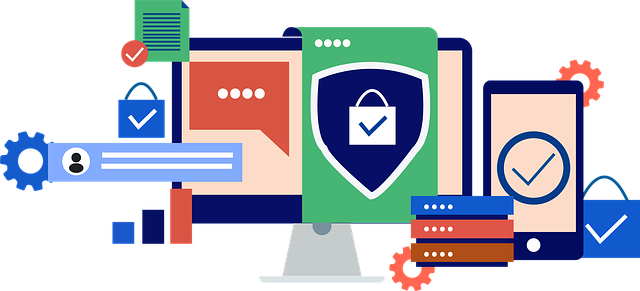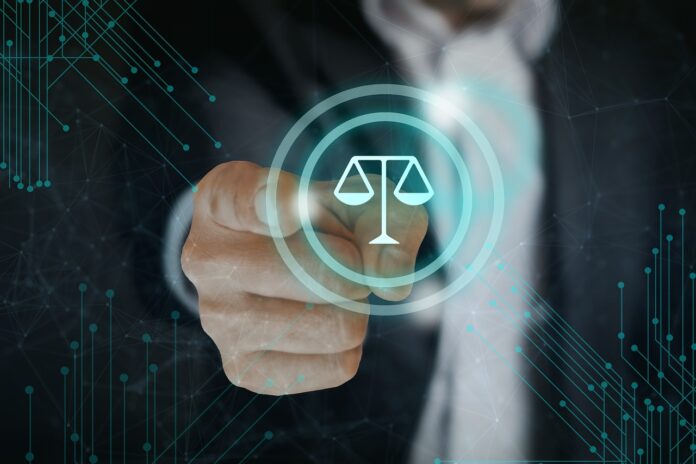The rise of the internet has transformed the way we create, share, and consume digital content. From e-books and music to videos and software, digital media can now reach a global audience almost instantly. Yet, this accessibility also creates a dilemma: how can creators ensure that their work remains secure and not exploited without permission? The reality is that safeguarding content online is a constant battle between innovation and unauthorized access. Businesses and creators often turn to a content protection service to mitigate these risks and maintain control over their intellectual property.
Challenges of Protecting Digital Content
One of the main challenges in digital content protection is the ease with which information can be copied and redistributed. Unlike physical media, digital files can be duplicated perfectly without any loss in quality. Hackers and pirates use various methods such as file sharing networks, torrent sites, and even social media platforms to distribute copyrighted material. Moreover, advanced techniques like screen recording, DRM circumvention, and automated scraping make it increasingly difficult to maintain strict control over content. This creates a situation where absolute protection may be theoretically impossible, yet partial measures can significantly reduce unauthorized usage.

Technological Measures for Security
Despite these challenges, several technological tools help in protecting digital content. Encryption, access controls, and digital watermarking are some of the most effective strategies. Encryption ensures that only authorized users can access files, while access controls limit the number of devices or sessions that can use the content. Watermarking embeds invisible identifiers into digital media, enabling content owners to trace unauthorized distribution back to the source. Combined, these methods create multiple layers of security that make theft more difficult and discourage casual piracy.
Best Practices for Minimizing Risk
While no system is foolproof, there are several practical approaches creators and companies can implement to protect their work. These practices focus not just on technology, but also on policy and user engagement:
- Use subscription models or controlled access platforms to manage how content is delivered and consumed.
- Monitor the internet for unauthorized sharing using automated tracking tools and takedown requests.
- Educate users on the importance of respecting intellectual property and provide incentives for legal access.
- Regularly update security measures to address emerging threats and vulnerabilities.
- Collaborate with legal services to enforce copyright claims when necessary.

While these strategies cannot guarantee complete protection, they create a stronger defense and signal to potential infringers that unauthorized use is risky and traceable. A proactive approach combining technology, policy, and community engagement often proves more effective than relying solely on technical solutions.
In conclusion, fully protecting digital content on the internet remains an elusive goal due to the nature of digital media and the ingenuity of those attempting to bypass safeguards. However, by employing layered technological solutions, using controlled distribution models, and maintaining vigilance through monitoring and enforcement, content creators can significantly reduce the likelihood of unauthorized use. Ultimately, a balance between accessibility and protection is essential to ensure that creators can share their work widely while safeguarding their intellectual property in the digital age.


















